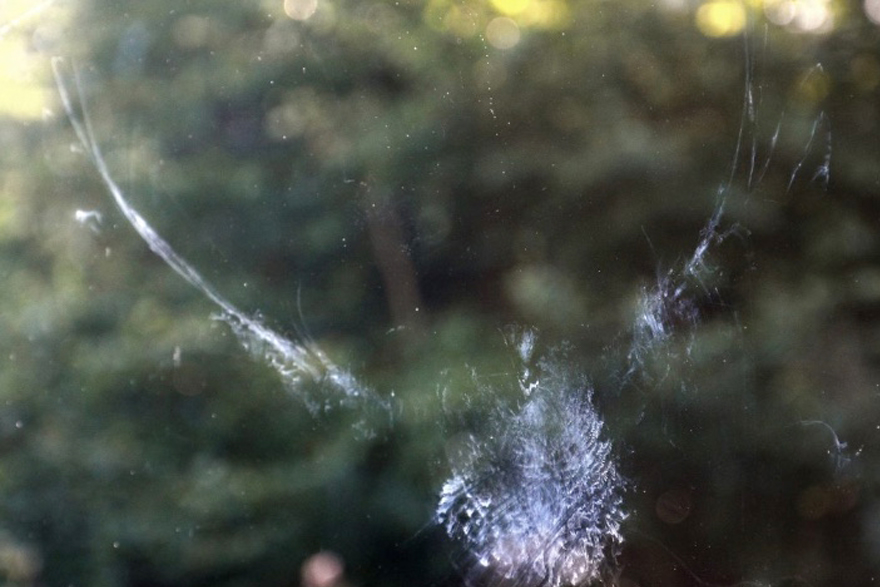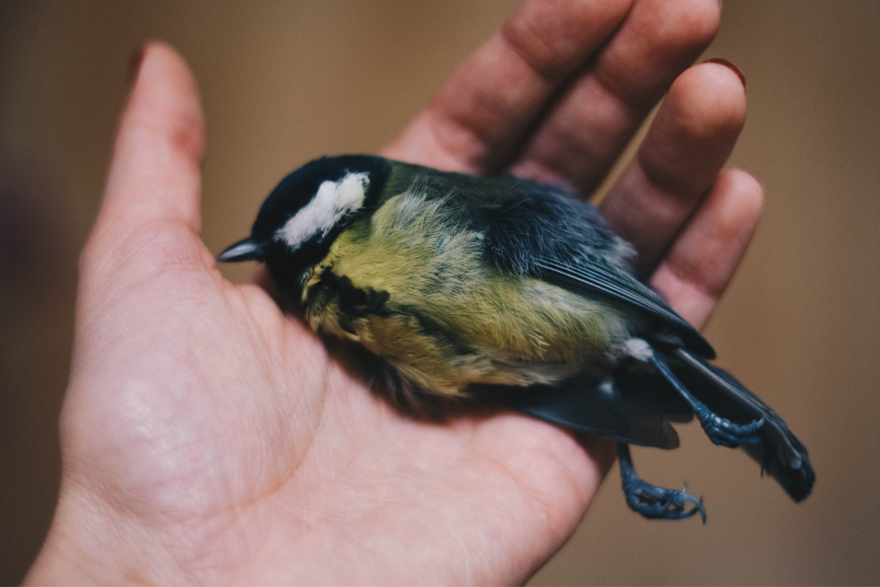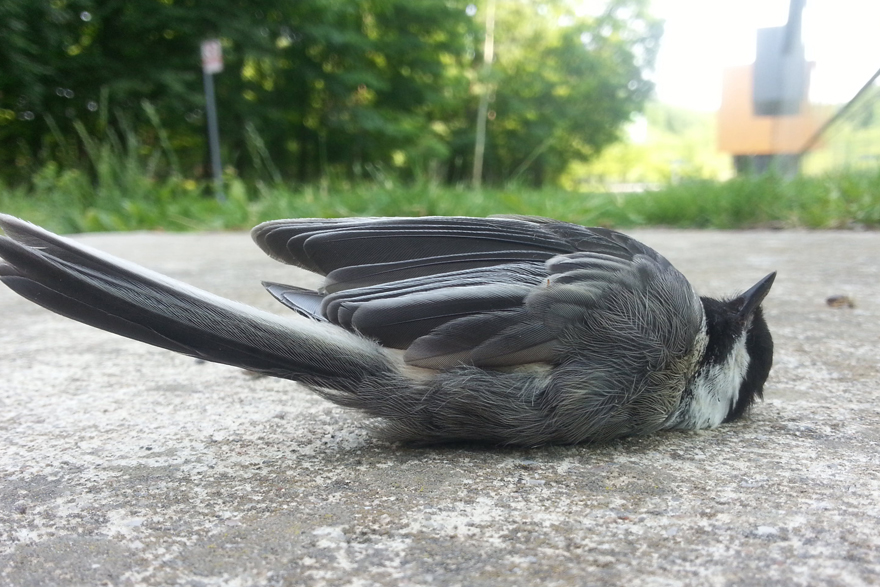There are two main types of window collisions: daytime and nighttime. In daylight, birds crash into windows because they see reflections of vegetation or see through the glass to potted plants or vegetation on the other side. At night, nocturnal migrants (including most songbirds) crash because they fly into lighted windows. Some of these nighttime collisions are due to chance, but much more often the nocturnal migrants are lured to their deaths by the lights. For reasons not entirely understood, lights divert nocturnal migrants from their original path, especially in low-ceiling or foggy conditions. In the lighted area, they mill about, sometimes colliding with one another or the lighted structure.… Read More
Continue Reading


